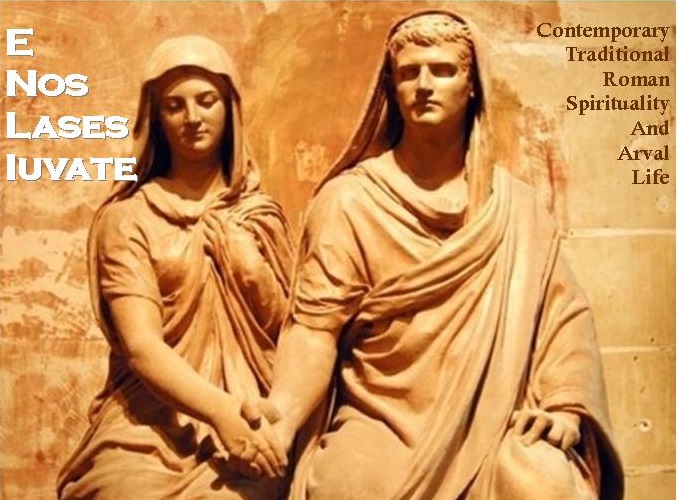Often the shell, also in a stylized form, appears in many roman architectonical and non architectonical representations: frequently in niches, fountains, pediments, funeral representations. It thus represents a very important sacred symbol which must be considered a relevant tool within the sacred "non linguistic" language rather than a mere decorative element. Surely profane individuals will keep on considering this symbol as a decoration but its role has to be adequately acknowledge by non-profane.
The shell is first of all a symbol linked to Marine Deities and to Water (also as hermetic principle). In this way its links to the female polarity, and consequently to the Moon (even in this case also as hermetic element) are clearly evident. The shell, emblem of the female dimension, describes a symbology connected to Love, Fertility and Generation.
This explains also the strict link between the symbology of the shell and Venus: Venus was born on a shell to highlight this principle and this cosmic force.The shell is symbol of Love, marriage, Green as sacred colour to Venus. But the shell describes not only the birth and the generation but also the re-birth and re-generation. For this reason it is shown in funeral representations to describe this re-generation and re-birth after the profane death in the Way towards the Celestial Deities. It is thus a geometric, hermetic and initiation symbol.
In those rites where it is necessary to evidence this function shells are involved: also in rites for agricultural fertility, as well as in those rites where the fertility as cosmic force is evoked, can be used the shell to highlight this symbolism. We speak also through our symbols.
Therefore the shell as sacred symbol is always involved in the most important moments of a person's life: birth, initiation, marriage, fertility and generation, fertility of the land nourishing us (Mother Earth), death.
